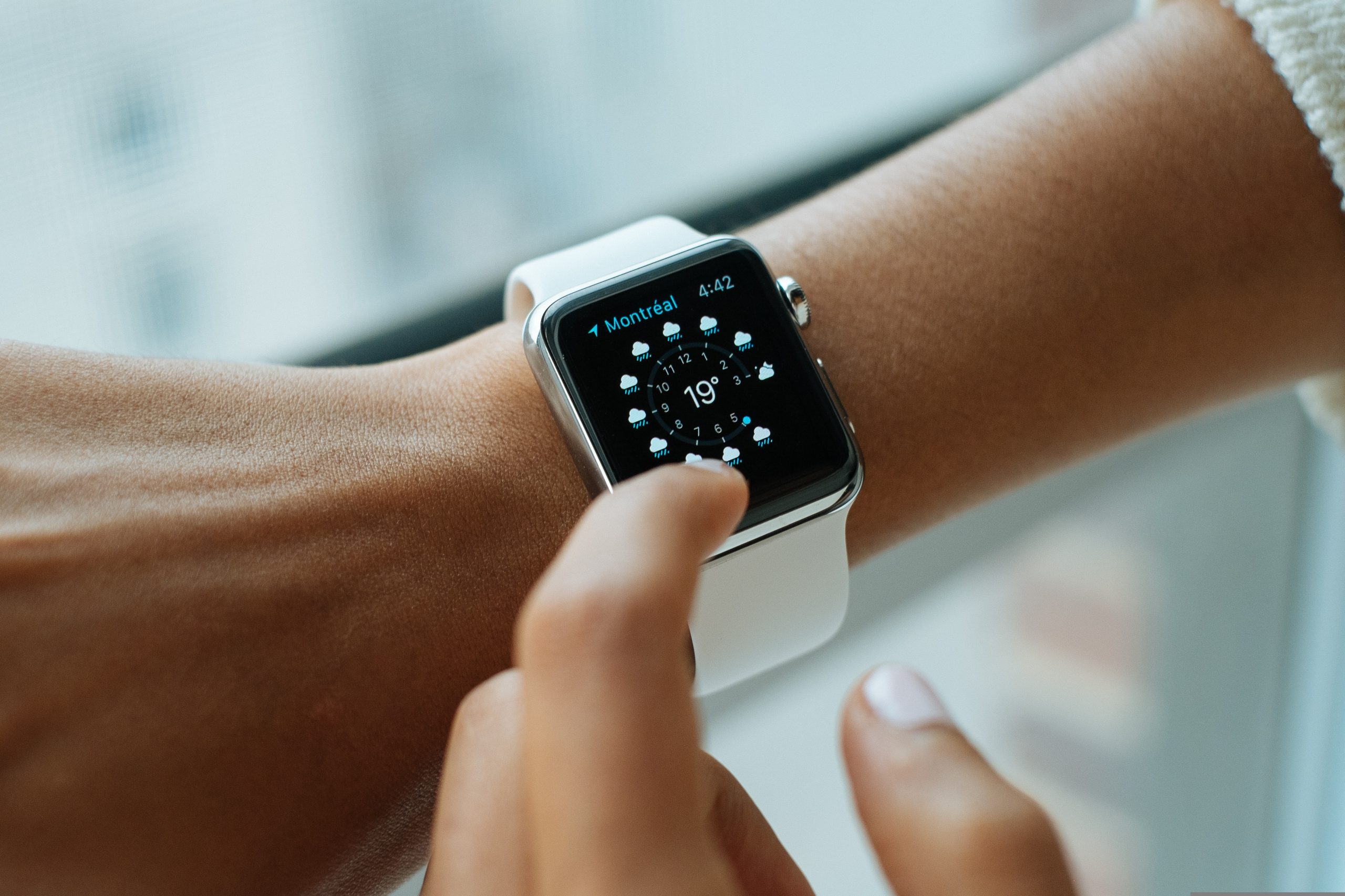
Surely it’s going to go on sale, right? — Pixel Watch review: Beautiful, fast, and way too expensive It could be better, but it might be good enough for a wearables-starved ecosystem.
Ron Amadeo – Oct 12, 2022 5:00 pm UTC Enlarge / The Pixel Watch. It’s a perfect, round little pebble. Ron Amadeo reader comments 162 with 113 posters participating Share this story Share on Facebook Share on Twitter Share on Reddit SPECS AT A GLANCE: Pixel Watch SCREEN 1.2-inch, 450450 OLED (320 ppi) OS Wear OS 3.5 (Android 11) CPU Dual-core Samsung Exynos 9110 (10 nm)
Two 1.15 GHz Cortex A53 cores (plus a low-power Cortex M33 co-processor) RAM 2GB GPU Arm Mali T720 MP1 GPU STORAGE 32GB NETWORKING 802.11 b/g/n, Bluetooth 5.0, GPS, NFC, optional LTE SIZE 4112.3 mm WEIGHT 36 g (without band) BATTERY 294 mAh PRICE $349 (Wi-Fi) $399 (LTE) OTHER PERKS 5 ATM water resistance, ECG sensor, SPO2 sensor
It’s hard to overstate how important the Apple Watch has become. It’s the halo device for the entire Apple ecosystem, with something like a 30 percent attach rate on new US iPhone sales. There’s nothing like the Apple Watch for Android phones, making itthe reason to switch ecosystems from Android to iOS. If you’re already on iOS, it’s one of the primary reasons to stay. The Apple Watch is Apple’s biggest lock-in weapon, and Google has spent the last few years doing absolutely nothing to fight it.
Google may have gotten to this market first with Android Wear in 2014, but its hardware progress came toa screeching halt in2015 and hasn’t moved much since. This was partly due to the company’s reliance on Qualcomm SoCs, which have been released with the same basic chip design (under different model numbers) for six straight years. In addition, Wear OS hasn’t had the greatest development effort, with major releases only occurring in 2014, 2017, and2018. 2018 was also around the time that Google quietly quit Wear OS app development.
It’s the usual situation: An Apple product has a focused, vertically integrated, laser-straight line of development, while the comparable Google product has to deal with a constantly shifting group of half-interested hardware partners, Google’s internal attention deficit disorder, and at least one major rebrand. The Apple Watch ran away with the market while Google’s efforts floundered, with the company capturing around 3 percent of the wearable marketfor several years. Advertisement
Google’s first self-branded smartwatch represents the preliminary fruits ofa major, multi-year reboot of Google’s smartwatch ambitions. Google outwardly started showing interest in Wear OS again in 2019 when it spent $40 millionon some kind of technology from Fossil Group, saying it would help improve Google’s smartwatch platform. Google wearables powered up again last year with the company’spurchase of Fitbit, which has been (sloppily) integrated into Pixel Watch development.
The real enabler, though, is the company’spartnership with Samsung, announced in 2021. Samsung dumped its own Tizen smartwatch OS for Wear OS. Samsung got around a year of exclusivity for a revamp of Wear OS (version 3.0), and Google got access to Samsung’s SoCs for the Pixel Watch. While Qualcomm’s SoCs have been holding back a viable Wear OS competitor for years, Samsung represents a steady stream of regular, competent SoC updates.
With the Pixel Watch, Google is back, and hopefully the company can keep focused enough to release yearly sequels. The Wear OS team seems to be on board with that idea, with Wear OS Director of Product ManagementBjrn Kilburn recently committing to yearly Wear OS updates and quarterly feature updates, just like we see on the phone side of Android. That sounds like a major change over the four-ish major updates Android/Wear OS has gotten over its eight-year life. If the hardware team can provide a similar commitment, it sounds like we’re in for a viable product line.
Google didn’t quite stick the landing on what feels like a first-generation wearable revamp, but the foundation is here for a stable, promising march toward the future. Google has clawed its way back to relevance in the wearables market. Page: 1 2 3 4 5 6 7 Next → reader comments 162 with 113 posters participating Share this story Share on Facebook Share on Twitter Share on Reddit Ron Amadeo Ron is the Reviews Editor at Ars Technica, where he specializes in Android OS and Google products. He is always on the hunt for a new gadget and loves to rip things apart to see how they work. Email ron@arstechnica.com // Twitter @RonAmadeo Advertisement
You must login or create an account to comment. Channel Ars Technica ← Previous story Next story → Related Stories Today on Ars

